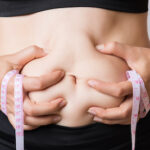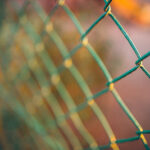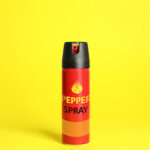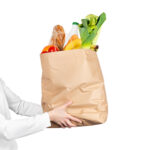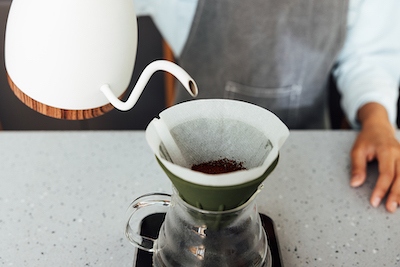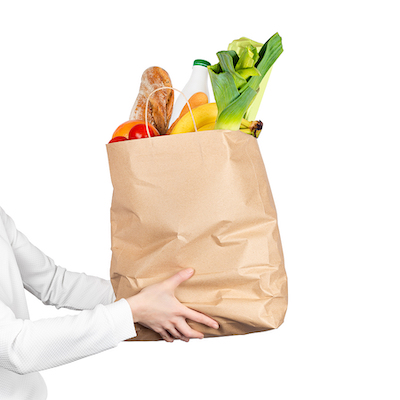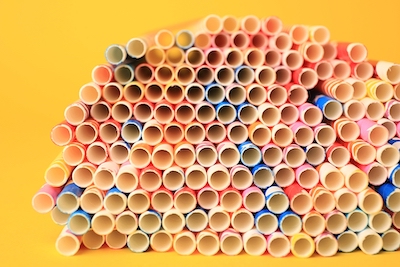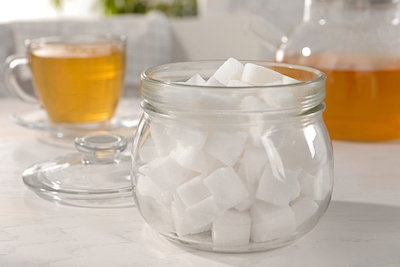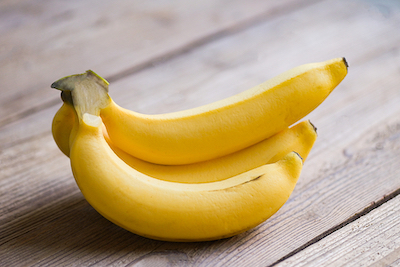Coffee is one of the most widely consumed beverages in the world. It is a daily ritual for many people and is often the first thing that comes to mind when waking up in the morning. The way coffee is brewed can have a significant impact on its taste and aroma. In this article, we will explore three popular brewing methods: pour over, French press, and drip coffee, and compare their pros and cons.
Pour Over Coffee
Pour-over coffee is a manual brewing method that involves pouring hot water over ground coffee beans placed in a filter. The water flows through the filter and extracts the coffee’s flavor, which then drips into a cup or carafe. The process requires more effort and attention than other brewing methods, but many coffee enthusiasts prefer it for the rich and nuanced flavor it produces.
One of the biggest advantages of pour-over coffee is its ability to highlight the coffee’s flavour profile. Because the water is poured slowly over the grounds, it allows for better extraction of the coffee’s oils and flavours. This can result in a sweeter, smoother, and more complex flavour profile. Additionally, the filter used in pour-over brewing removes any sediment or oils that can make coffee taste bitter or acidic, resulting in a clean and pure cup of coffee.
Pour-over coffee can be made with various types of filters, including paper, metal, and cloth. Paper filters are the most common and are preferred by many for their ability to remove oils and sediment, resulting in a clean and crisp cup of coffee. Metal and cloth filters, on the other hand, allow more oils and sediment to pass through, resulting in a richer and more robust flavor.
Another advantage of pour-over coffee is its versatility. It can be customized to suit individual tastes by adjusting the grind size, water temperature, and water-to-coffee ratio. Pour-over coffee is also an excellent brewing method for single servings or small batches, making it a popular choice for home brewing.
However, there are also some downsides to pour-over coffee. One of the main drawbacks is the time and effort required to brew a cup of coffee. Pour-over brewing can be time-consuming and requires attention to detail, making it less practical for those who need a quick cup of coffee in the morning. Additionally, pour-over brewing requires specific equipment, including a pour-over kettle, a brewing cone, and filters, which can be expensive and take up counter space.
French Press Coffee
The French press, also known as a press pot or plunger pot, is a brewing method that involves steeping coffee grounds in hot water and then pressing them through a filter to separate the liquid from the grounds. The process produces a rich, full-bodied cup of coffee that is favoured by many coffee lovers.
One of the biggest advantages of the French press is its ability to produce a rich and full-bodied cup of coffee. The method allows for a longer contact time between the coffee and water, resulting in a more intense flavour profile. Additionally, the metal filter used in French press brewing allows some of the coffee’s natural oils and flavours to pass through, resulting in a more robust and flavourful cup of coffee.
Another advantage of the French press is its ease of use. The method requires minimal equipment and can be done without electricity or a stove. The French press can also brew larger quantities of coffee, making it an excellent choice for entertaining or for those who prefer to have a pot of coffee ready to go.
However, there are also some downsides to French press coffee. One of the main drawbacks is the sediment that can be present in the coffee. Because the metal filter used in French press brewing allows some coffee grounds to pass through, it can result in a cup of coffee with sediment at the bottom. Additionally, French press coffee can be more difficult to clean, as the filter and plunger require more thorough cleaning to remove all residual coffee oils and grounds.
Drip Coffee
Drip coffee, also known as automatic coffee, is a brewing method that involves pouring hot water over ground coffee beans that are held in a paper or metal filter. The water drips through the filter and into a carafe or mug. This method is the most common and convenient way to brew coffee and is widely used in homes, offices, and restaurants.
One of the biggest advantages of drip coffee is its convenience. The method requires minimal effort and can be done quickly and easily. Additionally, most drip coffee machines have a built-in timer and automatic shut-off, allowing users to set the machine to start brewing at a specific time and ensuring that the coffee is ready when needed.
Another advantage of drip coffee is its consistency. Because the brewing process is automated, it produces a consistent cup of coffee every time. Additionally, the paper or metal filter used in drip coffee removes any sediment or oils, resulting in a clean and smooth cup of coffee.
However, there are also some downsides to drip coffee. One of the main drawbacks is the lack of customization. Unlike pour-over or French press brewing, drip coffee does not allow for adjustments to the water temperature, water-to-coffee ratio, or brew time, resulting in a less personalized cup of coffee. Additionally, the automatic brewing process can result in a lack of attention to detail, which can affect the final flavor and quality of the coffee.
Comparison
When comparing pour-over, French press, and drip coffee, it is essential to consider the brewing method’s pros and cons. Pour-over coffee produces a nuanced and complex flavour profile but requires time and effort to brew. French press coffee produces a rich and full-bodied cup of coffee but can be difficult to clean and may contain sediment. Drip coffee is convenient and consistent but lacks customization and attention to detail.
Ultimately, the choice between pour-over, French press, and drip coffee comes down to personal preference. For those who value a personalized and nuanced flavour profile and are willing to put in the time and effort, pour-over coffee may be the best choice. For those who prefer a rich and full-bodied cup of coffee and value ease of use, the French press may be the best option. And for those who prioritize convenience and consistency, drip coffee may be the way to go.
Coffee brewing is an art form, and there is no one-size-fits-all approach. Pour-over, French press, and drip coffee are three popular brewing methods, each with its unique pros and cons. The choice between these methods ultimately depends on personal preference, and coffee lovers should experiment with each method to find the one that suits their taste and lifestyle best. Regardless of the method chosen, the most important thing is to enjoy a cup of coffee that brings joy and energy to each day.



